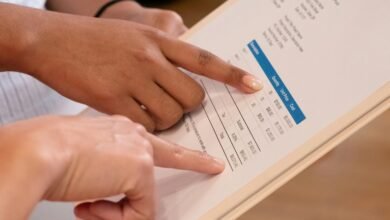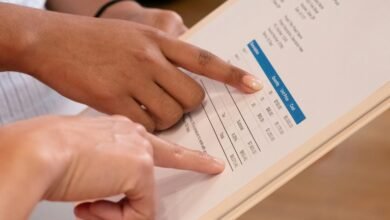Track Unknown Numbers Like 3093226458, 7024420220, 8336742050, 2568703795, 2032853090, 3093200054

Tracking unknown numbers such as 3093226458, 7024420220, and others requires a systematic approach. Reverse phone lookup services play a crucial role in accessing information about callers. These tools leverage extensive databases to identify the nature of calls, potentially revealing scams or unwanted solicitations. The effectiveness of these services depends on various factors, including their data sources. Understanding these elements can significantly impact how individuals manage these unknown interactions and enhance their privacy.
Understanding the Nature of Unknown Calls
What drives individuals to make calls from unknown numbers? Often, it stems from anonymity or the intention to evade caller identification systems.
This behavior raises concerns regarding scam awareness, as many recipients may feel compelled to answer, fearing important communications.
The ambiguity surrounding these calls highlights the need for vigilance, emphasizing the importance of understanding potential risks while valuing personal freedom and privacy in communication.
Tools and Resources for Tracking Unknown Numbers
Numerous tools and resources are available for tracking unknown numbers, catering to a growing demand for transparency in telecommunications.
Reverse phone lookup services provide essential information by accessing extensive online databases, while caller ID services enhance user awareness.
Additionally, spam call identification tools help filter unwanted communications, empowering users to reclaim their privacy and control over their phone interactions in an increasingly connected world.
Best Practices for Handling Unknown Callers
In an age where unexpected phone calls can lead to potential threats or unwanted solicitations, adopting best practices for handling unknown callers becomes imperative.
Employing effective caller identification techniques, such as reverse lookup services, enhances security.
Additionally, implementing privacy protection strategies—like blocking specific numbers and utilizing call screening features—ensures individuals can maintain their autonomy while minimizing risks associated with unsolicited communications.
Conclusion
In the labyrinth of modern communication, unknown calls weave through the air like whispers of uncertainty. By harnessing the power of reverse phone lookup services and caller ID tools, individuals can illuminate the shadows cast by these elusive numbers. This proactive approach not only unveils the identities lurking behind the ring but also fortifies personal boundaries. Ultimately, by transforming anxiety into awareness, one can navigate the intricate web of calls with confidence and clarity, reclaiming their peace of mind.





